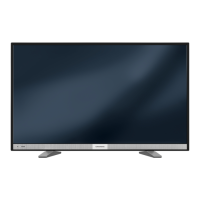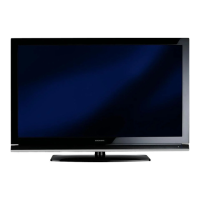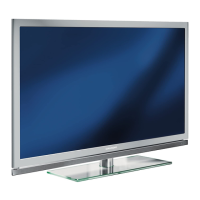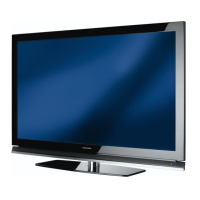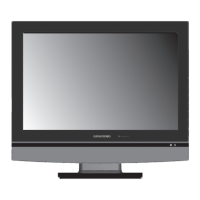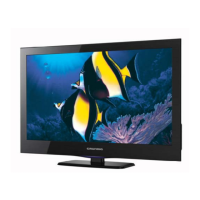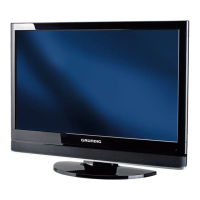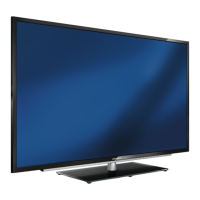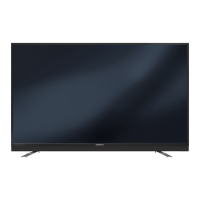How to fix Grundig LCD TV when screen is lit with snow but no station?
- DDavid PittmanAug 7, 2025
If your Grundig LCD TV screen shows snow but no station, check if the antenna cable is properly connected. If it is, try starting a station search. Also, adjust the brightness, contrast, or color settings. Test with a different station to rule out issues from the station itself. Finally, try changing the position of the device to avoid any interference from other devices.
